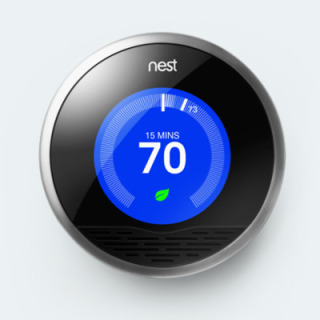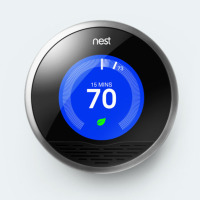Home automation is no longer limited to the wealthiest demographic segments. These days, thanks to heightened competition and the ease of cloud systems, automation is rapidly making its way into a growing number of American houses. What started as a way to remotely monitor a building’s security now has the ability to deliver media, appliance, and energy controls all under one platform. A home owner, with the touch of a button or the use of VoIP solutions such as MegaPath hosted VoIP, can now immediately control all elements of system management.
Home energy management is the fastest-growing component of home automation, with a market penetration rate that is expected to exceed 60% by 2022. While a home energy management system may still be costly to implement, its utilities savings should more than repay themselves over the span of several years. Are you think of getting such a system for your home? If yes, here are the three main home energy management approaches that you might want to consider, along with the main pros and cons of each.

1. Get a Smart Thermostat
Pros: Pioneered by the people at Nest Labs, smart thermostats have the intelligence to do all the work for you: they can learn patterns in the household’s energy use, accurately predict and establish trends, and then set temperatures to levels that maximize energy efficiency.
Cons: Smart thermostats do not always integrate well with home automation systems. They also sometimes encourage greater energy use because people get detached when no longer setting the thermostat themselves.
2. Integrate with Large-scale Automation Packages
Pros: Major media and cable companies such as Comcast and AT&T have begun introducing automation packages that include everything ranging from entertainment to security to temperature control. These systems, consequently, have the ability to learn – via the security arm – when people leave the house, open a window, or even move from room to room. This information can then be used to control a thermostat’s settings.
Cons: This is a costlier option that some may view as needlessly excessive.
3. Get an Information Display Device
Pros: Some people don’t want technology to do all the work for them; rather, they simply desire that technology provides them with the information to take action on their own. These people may find this third option most appealing. Information display devices, such as the recently-designed Triad Energy system, provide a house’s inhabitants with easily-interpretable data regarding their actual energy use, their goal use, and the means by which they can hit that goal most efficiently.
Cons: While these display modules can integrate with an automation system when culling data, they ultimately leave control of the thermostat to the home’s residents. This consequently lacks the “hands-off” approach allowed by other options.
These are three of the main options to pursue if you’re thinking of getting a home energy management system. While each option has its own pros and cons, your individual desires and limitations should hopefully help you pick the solution that works best for you.
